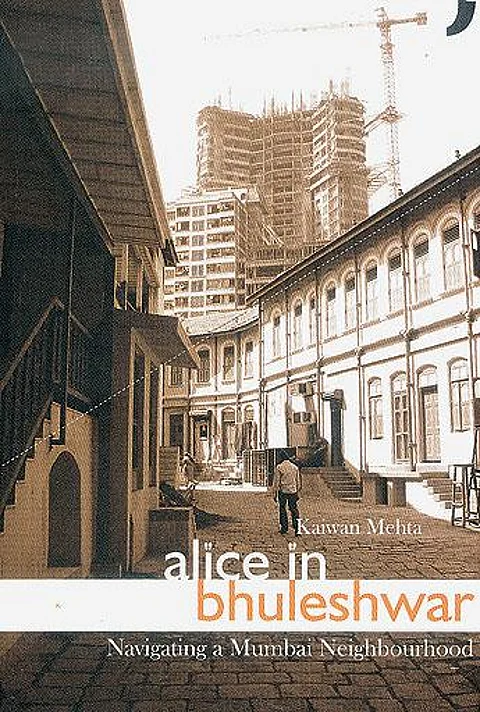
- Destinations
- Experiences
- Stay
- What's new
- Editor’s Picks
- Responsible Tourism
- CampaignsCampaigns
- Subscribe

Early in Kaiwan Mehta&rsquos eccentric and personalised tour of Bhuleshwar, an area in south Mumbai that was once &lsquoBlack Town&rsquo in colonial times, the architect and academic offers this observation &ldquoMany have romanticised the trains in Bombay and Mumbai, and rightly so, but sometimes I cannot help feeling that these boxes of steel are pure nothingness, like coffins of steel.&rdquo
He goes on to say that the trains transfer the city from here to there, that they mix it up, that they constitute and reconstitute neighbourhoods. One might assume that it takes something to do this. One might also assume that a coffin of steel would have a very definite dasein, but in Mehta&rsquos imagination, a train is pure nothingness.
Perhaps a good editor might have asked him to expand on the idea. But would a good editor have allowed this line past the barrier of the blue pencil &ldquoHence the multitude of experiences and knowledge(s), and the varieties of it, contained with and overflowing from, a space, to make it a place with matrices of living patterns go unrecognised and unappreciated.&rdquo
Mehta makes a determined attempt to introduce people and their use of space into his version of Kalbadevi and Bhuleshwar, where modernity and religion meet and negotiate for space in a manner peculiar to Mumbai. Some figures, such as that of Sunil More, one of the sweepers of C Ward, do emerge from the gloom. They illuminate the gullies and crevices of the city, talking about boiling-hot starch from rice or sanitary napkins thrown from windows. But we lose others, Vasanthiben, Kanchan Mohun D&rsquoSouza, because Mehta has not been trained in how to observe and record a person. (It is easy to mock the ponderous and ugly descriptive phrases journalists use, but they often help bring a person alive.) Like all academicians, he can show you the negotiations between the Gothic and the Vernacular in a building but he can&rsquot make Kanchan come alive on the page. His best-drawn figures are those that come out of books the protagonists of Saroj Udeshi Pathak&rsquos stories or the legendary female impersonator, Jayashankar &lsquoSundari&rsquo of the Gujarati stage.
The strength of Mehta&rsquos book, therefore, is a function of the reader&rsquos imagination. The reader must organise his material. The reader must decode his mental maps where names and phrases float in grids. The reader must decipher captions such as &ldquoCollecting spaces, detailing a city,&rdquo which floats on a picture of a woman pouring water she has drawn from a well and a man bathing. The reader must work in any elements of sexuality, since the red-light areas are elided gracefully and gay men get a look-in only when a sauchalaya (sic) is mentioned. This is so appropriately post-modern that one might even suspect that it was the reason why the plague and the invasions of the colonial government is introduced on page 40 and explained in detail on page 116. Bad planning does more than destroy cities.
